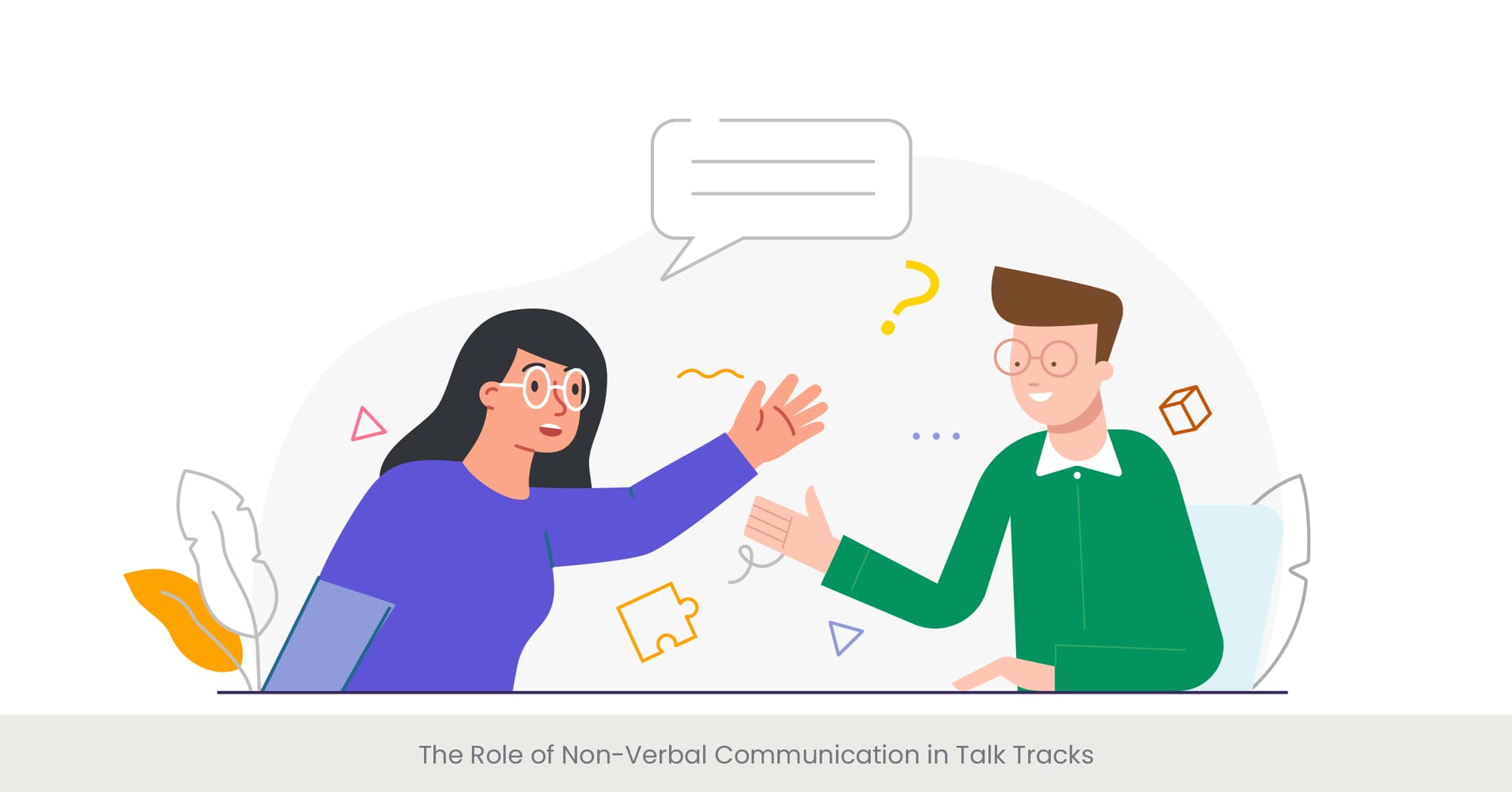In the fast-paced world of business, especially in sales, much of the communication that determines success happens without words. This silent yet powerful form of interaction—non-verbal communication—can make or break a deal. From a firm handshake to confident posture, from eye contact to tone of voice, the non-verbal signals sales professionals give off often speak louder than their sales pitches.
Understanding and mastering non-verbal cues can give sales professionals a distinct edge. In an environment where trust, confidence, and authenticity are essential, the ability to "speak" non-verbally is a skill no successful salesperson can afford to ignore.
The Power of First Impressions
Research consistently shows that people form impressions within the first few seconds of meeting someone. Before a word is spoken, potential clients are already sizing up a salesperson based on their appearance, facial expressions, posture, and demeanor. These early judgments often influence the tone of the entire interaction.
For instance, a warm smile, upright posture, and direct but respectful eye contact can immediately establish rapport and convey confidence. On the other hand, slouched shoulders, fidgeting, or avoiding eye contact may signal insecurity or disinterest—traits that can lose a sale before the presentation even begins.
Body Language: Your Unspoken Sales Pitch
Body language is the cornerstone of non-verbal communication in sales. It reflects your attitude, credibility, and enthusiasm—or lack thereof. Key elements include:
Posture: Standing or sitting upright shows confidence and engagement. Leaning slightly forward indicates interest, while leaning back may suggest detachment or boredom.
Gestures: Open gestures, such as visible hands and relaxed arms, are seen as welcoming and transparent. Closed gestures, like crossed arms, can be interpreted as defensive or uninterested.
Facial Expressions: A genuine smile is universally positive. Mirroring a client's expressions subtly can also build rapport and empathy.
Eye Contact: Consistent (but not aggressive) eye contact demonstrates honesty and attentiveness. In contrast, looking away too often may signal dishonesty or distraction.
Salespeople who are aware of their body language and align it with their spoken message can greatly improve their persuasive power.
Tone of Voice and Paralanguage
Non-verbal communication also includes paralanguage—the non-lexical features of speech, such as tone, pitch, pace, and volume. A calm, steady tone conveys control and professionalism, while varied inflection adds interest and emphasis. Speaking too fast may suggest nervousness or desperation, while a slow, deliberate pace communicates thoughtfulness and confidence.
Tone of voice often conveys more emotion than words themselves. For example, saying “I understand your concerns” in a monotone voice may feel insincere, whereas the same phrase with empathy in the tone can reassure and connect with the client on an emotional level.
Personal Space and Proxemics
Another essential aspect of non-verbal communication in sales is understanding personal space, or proxemics. Maintaining appropriate physical distance varies by culture, but generally, being too close can feel intrusive, while being too far can seem cold or disengaged.
Good sales professionals read the room and adjust accordingly. When a client leans in, it may be a signal they are engaged and open to persuasion. Mirroring this movement subtly can foster connection and increase the likelihood of a positive outcome.
Cultural Sensitivity in Non-Verbal Communication
In global business settings, cultural differences in non-verbal communication can be significant. For instance, a gesture or posture that conveys respect in one culture might be considered rude in another. For international sales professionals, understanding these cultural nuances is critical.
In Japan, for example, prolonged eye contact can be seen as confrontational, whereas in the U.S., it’s often expected as a sign of honesty. Misreading such cues can cause unintentional offense and derail a promising business relationship.
Reading the Client’s Non-Verbal Cues
Successful sales are not just about projecting the right signals—they also involve accurately reading and responding to the client's non-verbal feedback. Are they leaning in with interest? Nodding in agreement? Or are they crossing their arms and glancing at the clock?
Being attuned to these subtle cues allows salespeople to adapt their approach in real time. If a prospect appears disengaged, it might be time to shift tactics, ask a question, or clarify a point. If they seem excited, it could be the right moment to ask for the close.
Building Trust Without Saying a Word
Trust is the foundation of every successful sale. Clients must believe that the salesperson is knowledgeable, sincere, and acting in their best interest. Much of that belief is built not through scripted words, but through non-verbal authenticity.
Non-verbal communication—when consistent with verbal messaging—enhances credibility. A confident tone combined with steady eye contact and an open posture reassures the client that the salesperson is genuine. Conversely, if verbal and non-verbal cues are inconsistent—like saying “I’m confident this is right for you” while looking away or fidgeting—trust erodes quickly.
Training and Improving Non-Verbal Communication
Like any skill, non-verbal communication can be developed and refined. Businesses increasingly offer training to help their sales teams become more aware of their non-verbal signals and improve their interpersonal skills. This training often includes:
Video recording sales simulations to identify distracting habits.
Role-playing exercises to practice body language and tone.
Feedback sessions to align verbal and non-verbal messaging.
Sales professionals who invest time in improving their non-verbal communication often report stronger client relationships, higher close rates, and greater overall confidence.
Conclusion: Speak Without Speaking
In sales, the spoken word is only half the story. The rest is told through posture, eye contact, facial expressions, tone, and countless other non-verbal cues. These signals create impressions, build trust, and often determine the success or failure of a deal.
By understanding and mastering non-verbal communication, sales professionals can enhance their influence, build deeper client connections, and close more deals—without always needing to say a word.
Would you like a version of this formatted for a blog post or PDF download? 4o
